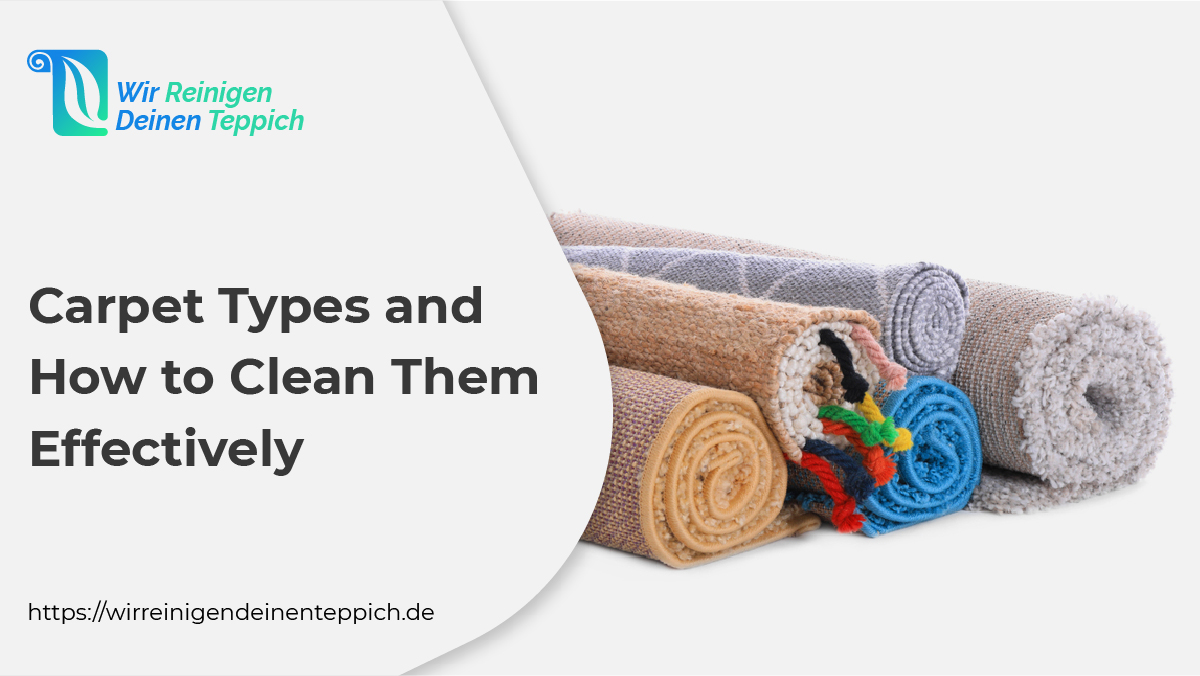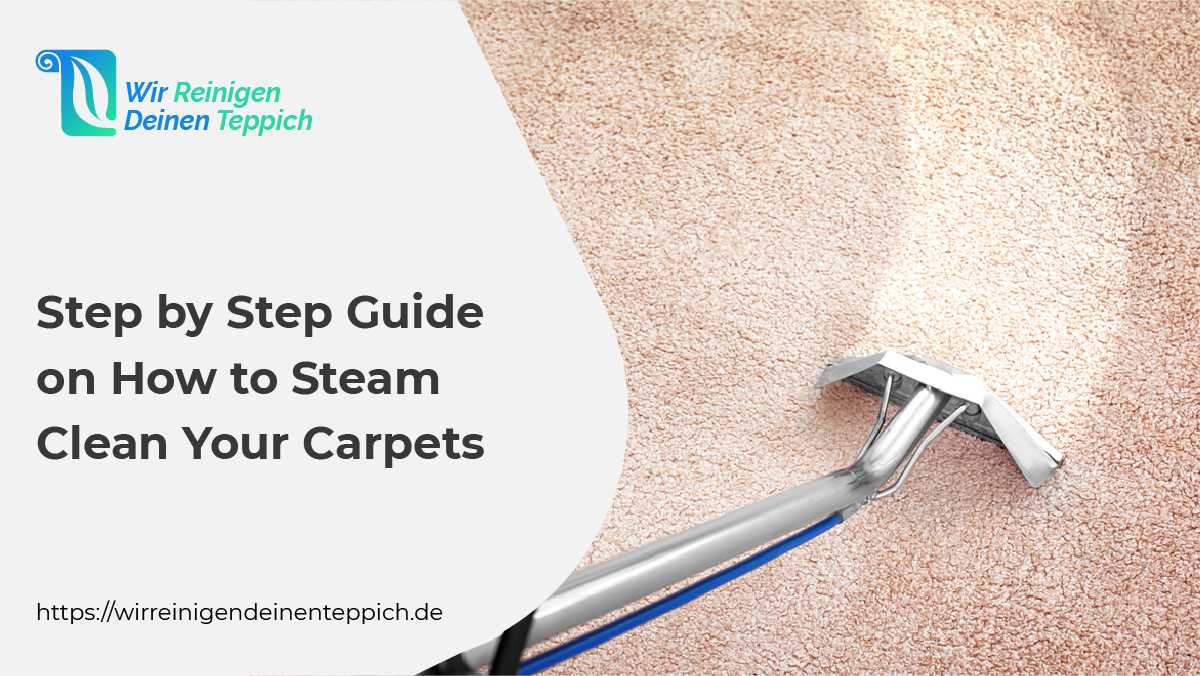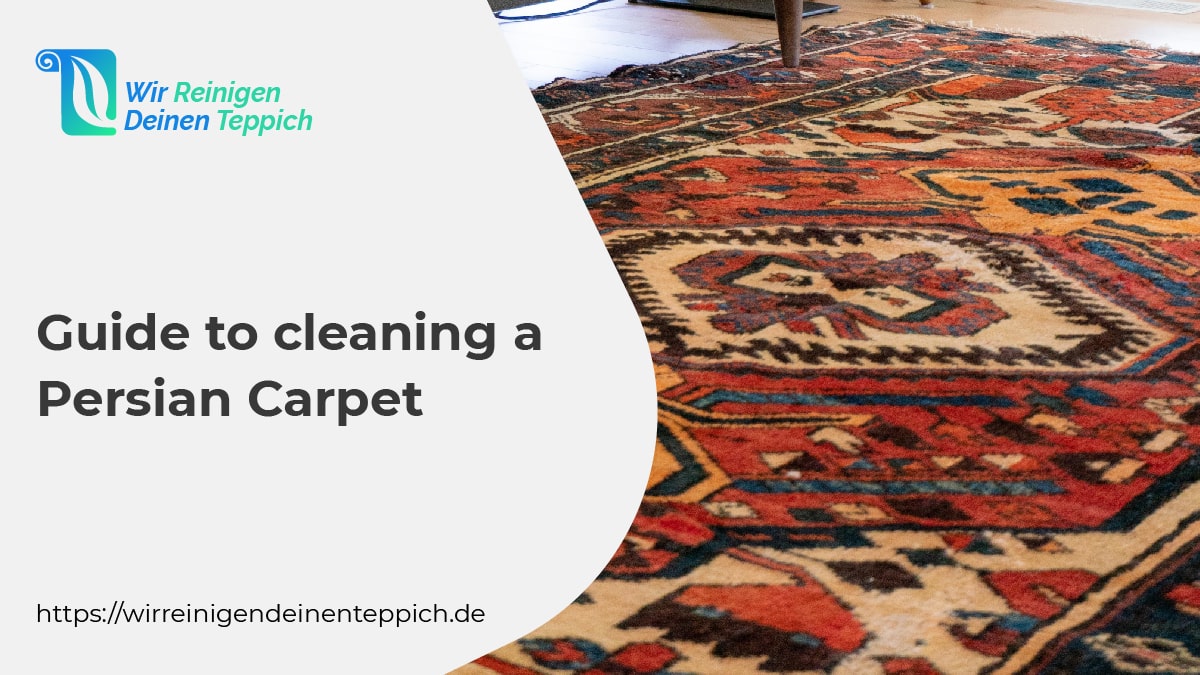Carpet Types and How to Clean Them Effectively

Carpet Cleaning Can Be a Demanding Task- Know Your Carpet Type
A carpet brings warmth, cosiness, comfort, and aesthetic into one’s home. Among the first things, your friends and guests notice when they enter your home is a well-maintained and clean carpet.
Cleaning a carpet is no easy feat, it requires a lot of hard work, time as well as knowledge about different carpet types.
Although, if you still decide to take up this hard task yourself, then you should have know-how about the various methods of cleaning them, the products to use as well as the difference in the cloth and material the carpet is made of and of course the right approach to clean your carpets
In order to save you the troubles and frustration of figuring out the right way and avoiding a mistake, our carpet cleaning experts have laid out brief information about each type of carpet and its specifications in this blog. So let’s start!
Carpet Types & the Different Fibers!
Synthetic carpet
Regular maintenance is a must for synthetics carpets – as they are mostly a polyester blend. To put it in simple words, the more often you clean this type of carpet, the better it looks for a longer period of time. A simple DIY combination of baking soda and warm water is best, but do make sure you do a quick spot check before trying it out.
nylon
If you have a nylon carpet, you can rest easy as these are highly durable and resistant as their fibers are packed together tightly. They also stand up very well to abrasion and have good texture retention to maintain their original appearance. But this carpet type has a bad reputation when it comes to stains.
These carpets respond well to steam cleaning and products such as foamed ones. Steam cleaning removes the deeply penetrated dirt stuck in the fibers. A hot jet of water, blotting the stain immediately, and following it up quickly with vacuuming is a great way to clean a nylon carpet.
Our experts suggest undergoing steam cleaning during the afternoon time so that one can leave the carpet to dry overnight without it being disturbed.
Wool
Vacuuming this carpet type is the best way to clean it. In case you want to opt for a deeper clean, it’s important to keep in mind that alkaline products are a no-no. This is because wool absorbs a great amount of water and takes a longer time to dry. If you are not sure that you have a wool carpet and want to find out, look out for a fire safety label. If the label showcases that the material is flammable, it’s likely to be wool.
Also, avoid bleach at all costs on wool carpets, no matter the color. If used, it can destroy the fibers irreparably and cause a patch to form in your carpet. If bleach is something you want to use, make sure you dilute it with water first before you attempt stain removal.
Jute and Natural Fibers
Carpet types such as natural fibers and jute are much more sensitive in comparison to their counterparts synthetic, nylon and wool carpets. Although, general maintenance can be done with a vacuum cleaner. These types of carpets get much dirtier quicker and have higher chances of getting difficult-to-remove stains that need to be given utmost attention. Machines used to clean these carpets need to be used at their lowest setting so as to not take away the natural lay of the fibers. Also, pay to heed that when they dry, they are at a greater risk of getting curled at the edges if they are left for too long.
The experts at We Clean Your Carpet, recommend using a fan or turning on an air conditioner to speed things up.
Persian carpets
These beautiful and gorgeous carpets are hand-woven with the finest materials including wool and silk, taking around years and decades to create. The authenticity of this carpet type is the reason it is so expensive and needs to be taken care of very carefully. Given the investment that goes into this type of carpet- it’s better to be safe than sorry!
It is always best to get them professionally cleaned at least twice a year to keep their aesthetic appeal, keep them in pristine condition and enhance their life but if you still want to go the DIY way, here is what you need to do- Vacuum, Sweep & Shake!
Vacuuming will remove the dirt and debris from your Persian carpet, and should be done at least once every two weeks. Do this, by laying your carpet on the ground and make sure you slowly vacuum to remove any abrasiveness, pet hair, or dust. Ensure you repeat the process at least a minimum of three times (on both sides) for thorough cleaning throughout.
Here are a few additional things you need to consider while vacuuming:
Vacuum in the direction of carpet fibers and not against them.
The fringes of your carpet can get stuck in the vacuum sweeper. Ensure you don’t use the vacuum on the fringes.
Next, sweep your carpet. We at Wir inklinen, advise you to gently wipe off the dirt instead of beating the carpet. This will prevent wear and tear of the carpet fibers and increase lifespan. Sweep your Persian carpet with a broom from one end to another. Avoid moving it back and forth.
Finally, shake the dust away. This is the easiest of them all! Just take your Persian carpet and shake the dirt out! Is the Persian carpet too big? Get your family to give you a helping hand!
Orient Carpet
Oriental carpets are the type of carpets that are hand-knotted and woven specifically in Middle Eastern and Asian countries. These come in different varieties and are usually named after the town, village, or a specific region where they are woven. Since they are hand-knotted, they need gentle and attentive care.
Here is how you need to clean orient carpets:
Vacuum: Make sure you vacuum both sides of the carpet thoroughly. It’s best to do this outside on a clean cement slab or even in the garage.
Clean: To start washing your carpet, start by making a soapy solution either with carpet shampoo or a mild soap. Apply this mixture to your carpet and use a firm sponge and gently scrub.Make sure that when scrubbing, your strokes go in the same direction to avoid any wear, tear, and abrasiveness.
Rinse & Dry: Rinse thoroughly and squeeze out all the excess water. Keep in mind to squeeze in the direction of the fabric. Finally, lay the carpet flat in order for it to dry, Once it dries on one side, turn it over to ensure drying all the way through.
Silk Carpet
Silk carpets have to them a smooth and shimmery look as well as a soft feel, that cannot be beaten by other carpet types. They are composed of a protein called fibroin, making them unbearably strong.
However, it is imperative that one needs to know how to clean silk carpets correctly as they tend to lose their strength when they are wet and are more easily prone to damage by abrasion, heat, strong chemicals, and even water!
Pure-silk is valuable and if your carpet is just that, you need to make sure care is taken.
Here is some expert advice by the carpet cleaners at Wir Brille Brille on how to keep your silk carpets looking as luxurious as ever:
Keep your silk carpets out of trouble by keeping them away from areas of high-foot traffic or frequent spills.This a need for less cleaning and thus causes, ensures less damage.
Keep silk carpets away from direct sunlight as exposure to sunlight can cause the color to fade and weaken the fibers.
Silk carpets need to be vacuumed frequently, so as to avoid any dirt or dust being grounded into fibers. Keep in mind to not use a roller brush or any harsh cleaning tool.
A great alternative to cleaning your silk carpet is to hang it outside so as to give it a good natural airing and beating it to remove dust and dirt.
Berber Carpet
Cleaning and maintaining a Berber carpet can be extremely challenging. Berber carpet can be made from materials like olefin / polyester, nylon, and even wool, which is why it is best to first identify your Berber carpet type.
When it comes to olefin / polyester fabric, it is one of the most economically friendly and stain-resistant. It draws in oil and resists water, which is why cleaning it with a steam cleaning method will work best.
Unlike olefin, a nylon Berber carpet does not resist water and is very similar to wool. Opting for dry cleaning instead of steam cleaning is the perfect way to go.
Berber carpets that are made of wool fiber are very expensive, tremendously absorb water.Make sure you select a dry cleaning method for this type of Berber carpet.
Flokati Carpet
A flokati carpet is woven with wool and has a shaggy appearance. It also has a thick, fluffy and soft texture.
This carpet type needs gentle care and careful attention while cleaning. Here is how to do it:
Start off by washing your flokati carpet in cold water with a mild soap or detergent specifically for wool.
If not by hand, put it alone in the washing machine (make sure there are no other clothes or fabrics) only in cold water (unless the instructional tag on the carpet states otherwise).
Leave your flokati carpet to air dry in direct sunlight or put it in a dryer on air-fluff setting (with no heat).
Avoid vacuuming your flokati carpet so that the strands don’t get caught.
Don’t Want to Take a Risk with DIY, We Clean Your Carpet Comes to Your Rescue!
Our carpet cleaning technicians are specialized in delivering spic & span carpets and fulfill it quite swiftly. We only use the most modern techniques, effective, high-quality, and environmentally-friendly products for the job.
As you can see for yourself, different types of carpets require different approaches when it comes to cleaning. So why take a risk or waste your time in cleaning, when you can opt for our wide-range of services. In a short time, you will have a perfectly clean carpet, ready to be used and flaunted!
Ali January 20, 2021 Carpet


